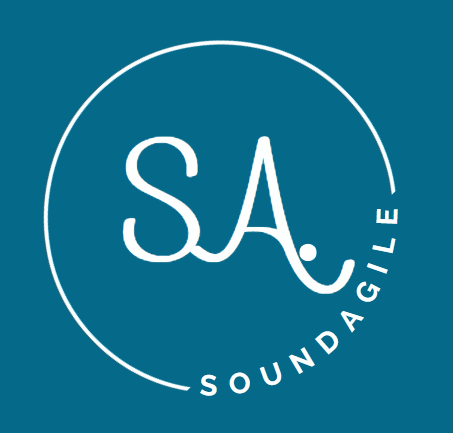Agile Your Way
My experience with Agile stretches back almost 20 years when a healthcare organization I worked for asked me to take on a new product development effort that was languishing. When meeting with the developers they asked me if I’d support them doing the project in Scrum. Not being familiar with it I did some reading and came back and said I’d do it.
And this was how many of us started in Agile, people taking the leap and then figuring it out. Funny thing, during this time there were no coaches.
Instead, we were forced to work with each other to figure out what our ‘Agile’ was going to look like. And here’s the thing, there is no ONE way to do Agile. You did what worked and if it worked then you were Agile enough and kept changing when needed.
Coaching came later and with it the industry that we have now. Lost in all of the talk involving frameworks has been the concept that each organization is different and what Agile will become for them needs to adjust or adapt to the organization and not vice versa.
Instead, Agile Transformations rely almost entirely on the implementation of specific frameworks and then telling the organization they have to adapt to what the framework expects. The frameworks assume that your organization perfectly fits into their framework and no company I’ve worked for yet has that been the case.
You have to apply the framework based upon the intended outcomes the framework seeks and not implement it ‘out of the box’ in my experience.
Don’t get me wrong I’ve been involved with many organizations where we have implemented something out of the box and it’s not that we can’t deliver value, but the inherent imbalance of where the organization is at and what the framework expects keeps us from reaching higher levels of matutity.
Another reality not talked about much, is that is possible to be successful in managing a transformation on your own. Two of the most successful Agile organizations I’ve worked in (not as a coach) were led by the people in the organization, we just started and got to work asking a simple question – Is what we are doing Agile? If not what needs to change?
Was it easy? No, but what change is? Could we have used some help? Sure, but we couldn’t afford a multi-million dollar transformation led by coaches.
It was these experiences in mind that I helped create the Agile Learning Journey, a complete package of E-learning content, developed based upon my years of experience in working in Agile.
Agile Learning Journey provides coaching for your leadership down to the teams that will be working in Agile but does so in a way that points you lays a foundation of knowledge that would have been helpful all those years ago when I started working in Agile.
In addition to the reach experience you will find in our learning modules, we also provide you with boot camp training material, templates, and a myriad of other support elements to help you launch your Transformation successfully.
We can help you move to an Agile operating model at a fraction of the cost of bringing on full-time coaches, who often have little of that real-world experience I’ve developed over the years.
This is an important distinction because coaches who haven’t been involved in working in Agile will in the end tell you how the framework is supposed to work, but have little real experience making it work.
This is where my experience brings life to our product. I’ve worked through the challenges of how to align change to action for people and organizations.
If you are interested in learning more please visit us at agileprocoaching.com or connect with me directly at michael@agileprocoaching.com.
